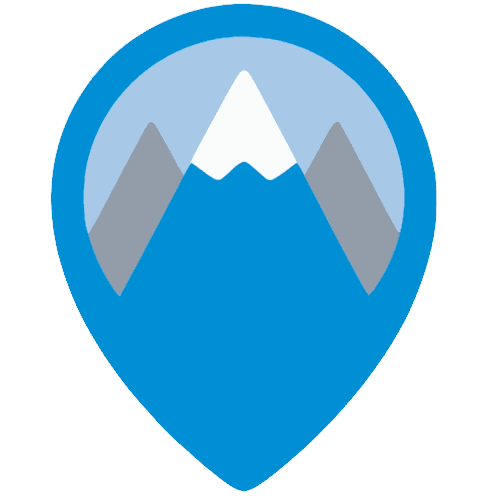Skiing Safety Tips for Beginners: A Complete Guide to Staying Safe on the Slopes
September 12, 2025 | Skiing Tips
If you’re new to skiing, the excitement of hitting the slopes can quickly turn overwhelming without the right preparation. Skiing is a thrilling sport, but it also comes with risks if you don’t know how to stay safe. That’s why we’ve put together this guide on skiing safety tips for beginners, covering everything from ski safety gear, slope etiquette, to avoiding common skiing mistakes. Whether you’re renting equipment or investing in the best ski helmets and ski guards, these tips will help you build confidence and enjoy your winter adventure safely.
Why Skiing Safety Matters for Beginners
Skiing may look effortless when experts glide down the mountain, but beginners often underestimate how physically demanding and technique-driven it is. Every year, thousands of skiers face injuries due to poor preparation, unsuitable equipment, or ignoring slope rules. As a beginner, focusing on winter sports safety is crucial, not only for yourself but also for those around you.
Learning how to manage speed, read trail signs, and use the right ski pad or protective gear can significantly reduce risks. Plus, when you start safely, you’ll progress faster and enjoy the sport much more.
Essential Ski Safety Gear for Beginners
Before heading to the slopes, make sure your gear checklist is complete. Here’s what you need:
1. Best Ski Helmets
Your helmet is your most important piece of ski safety gear. Look for helmets that are lightweight, well-ventilated, and meet safety certifications. Brands now design helmets with adjustable sizing for a snug fit, which prevents slipping during falls.
2. Ski Pads and Ski Guards
Beginners often take tumbles, so having the right ski pad for knees and elbows, along with ski guards for shin and wrist protection, is essential. They absorb impact and prevent minor injuries from turning into major setbacks.
3. Goggles and Gloves
Clear vision is vital in changing weather conditions. Goggles protect your eyes from snow glare, while insulated gloves keep your hands warm and prevent frostbite.
4. Ski Clothing Layers
A waterproof jacket, thermal layers, and moisture-wicking socks are part of your essential ski gear checklist. Layering ensures flexibility and warmth, so you can stay comfortable all day.
How to Stay Safe While Skiing
Start with Professional Lessons
Taking a lesson at a certified school, like those you can find through Find a Ski School, is one of the smartest investments for beginners. Instructors teach you how to stop, turn, and fall safely, setting you up for long-term success.
Learn Slope Etiquette
Ski slopes have unwritten rules:
- Always yield to skiers below you; they can’t see you coming.
- Avoid stopping in the middle of a slope or near blind spots.
- Keep to the side if you’re moving slowly.
Control Your Speed
Beginners often make the mistake of skiing too fast. Use the “pizza” or snowplough technique to slow down and stay in control.
Stay Hydrated and Rested
Skiing is physically intense. Drink water, snack on light foods, and take breaks to prevent fatigue; tiredness often leads to accidents.
Common Skiing Mistakes to Avoid
Even small errors can lead to big problems. Watch out for these common skiing mistakes:
- Skipping Warm-ups: Cold muscles are more prone to injury. Always stretch before skiing.
- Wearing Loose Gear: Ill-fitting boots or helmets can cause blisters and increase fall risks.
- Ignoring Weather Conditions: Fog or icy trails are challenging even for seasoned skiers. Beginners should stick to good visibility days.
- Overestimating Ability: Don’t attempt advanced slopes too soon. Progress gradually.
Ready to book your first lesson? Visit us to connect with certified instructors who make skiing safe and fun for beginners.
Ski Gear Checklist for Beginners
Here’s a quick rundown before you hit the slopes:
- Helmet (certified and well-fitted
- Ski pads and ski guards for protection
- Goggles and gloves
- Thermal and waterproof clothing layer
- Properly sized skis and boots (fitted by a professional)
- Hydration pack and snacks
This ski gear checklist ensures you’re prepared for both safety and comfort.
FAQs: Skiing Safety Tips for Beginners
1. What is the most important skiing safety tip for beginners?
Wearing proper gear, especially a helmet, is the most crucial step. Pair it with lessons from a certified instructor to build strong fundamentals.
2. Do I need ski pads and ski guards as a beginner?
Yes. Beginners fall more often, and having pads or guards helps prevent bruises, sprains, and more serious injuries.
3. How can I avoid common skiing mistakes?
Start slow, follow slope etiquette, check weather conditions, and avoid pushing yourself onto advanced trails too early.
4. Is skiing safe for children?
Absolutely, provided they wear the right gear and take lessons in a kids’ ski school program. Safety gear and patient instruction are key.
More Posts
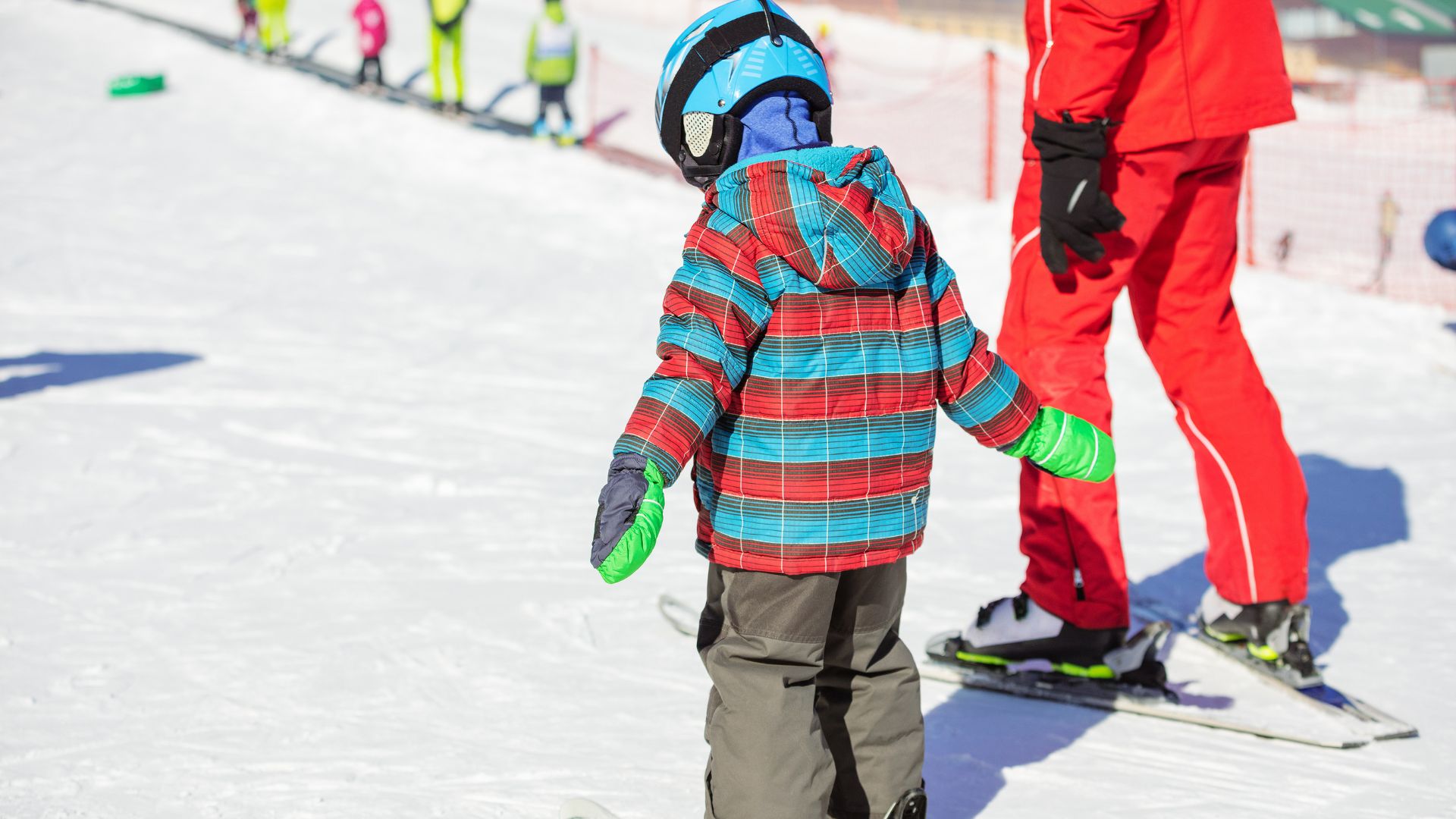
How to Teach Kids to Ski: A Complete Parent’s Guide
Skiing is a magical winter sport that can bring families closer together and create lifelong...
read More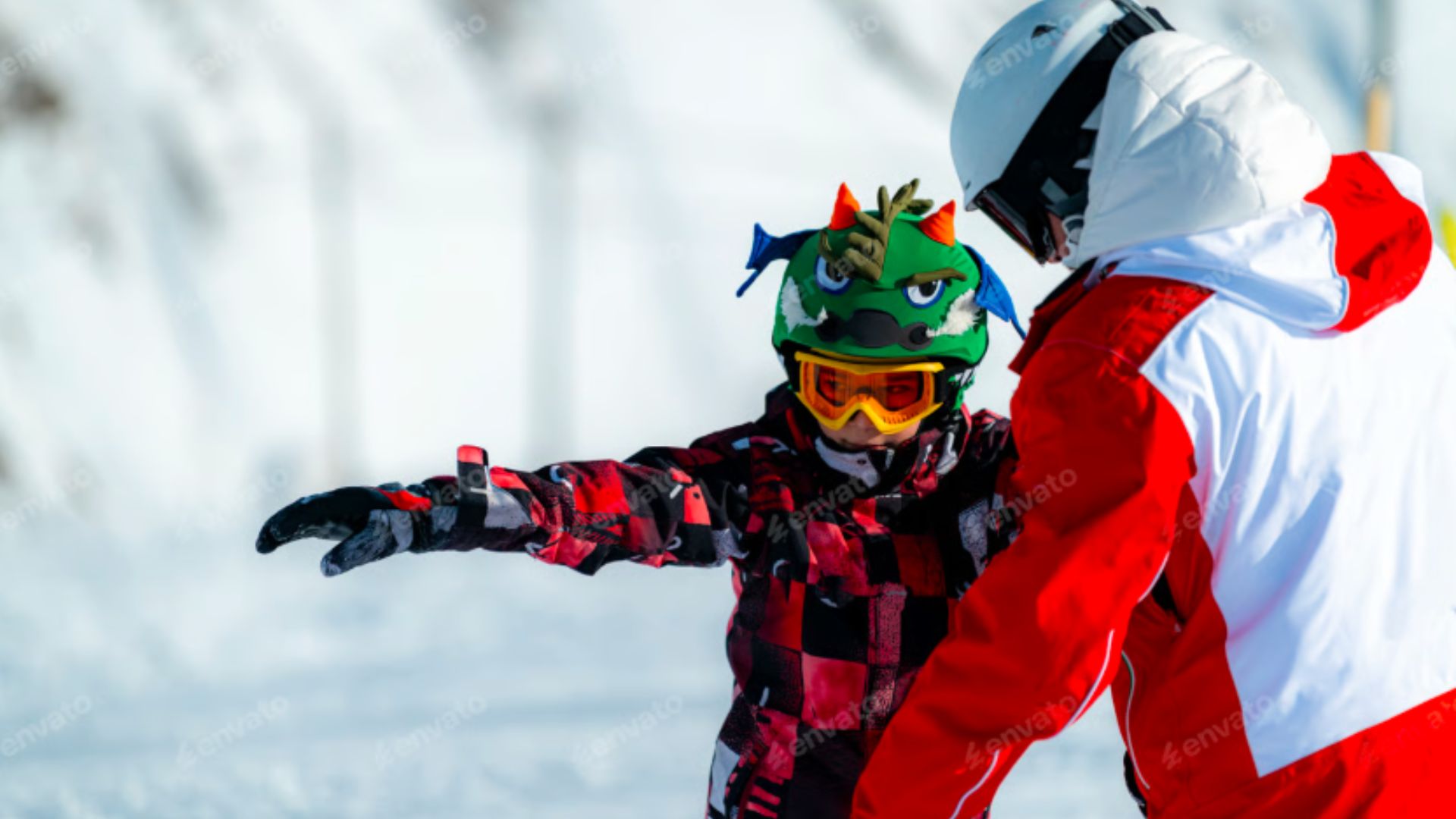
Ski Teaching Techniques: Mastering the Art of Ski Instruction
Teaching skiing is more than guiding someone down a slope—it’s about using ski teaching techniques...
read More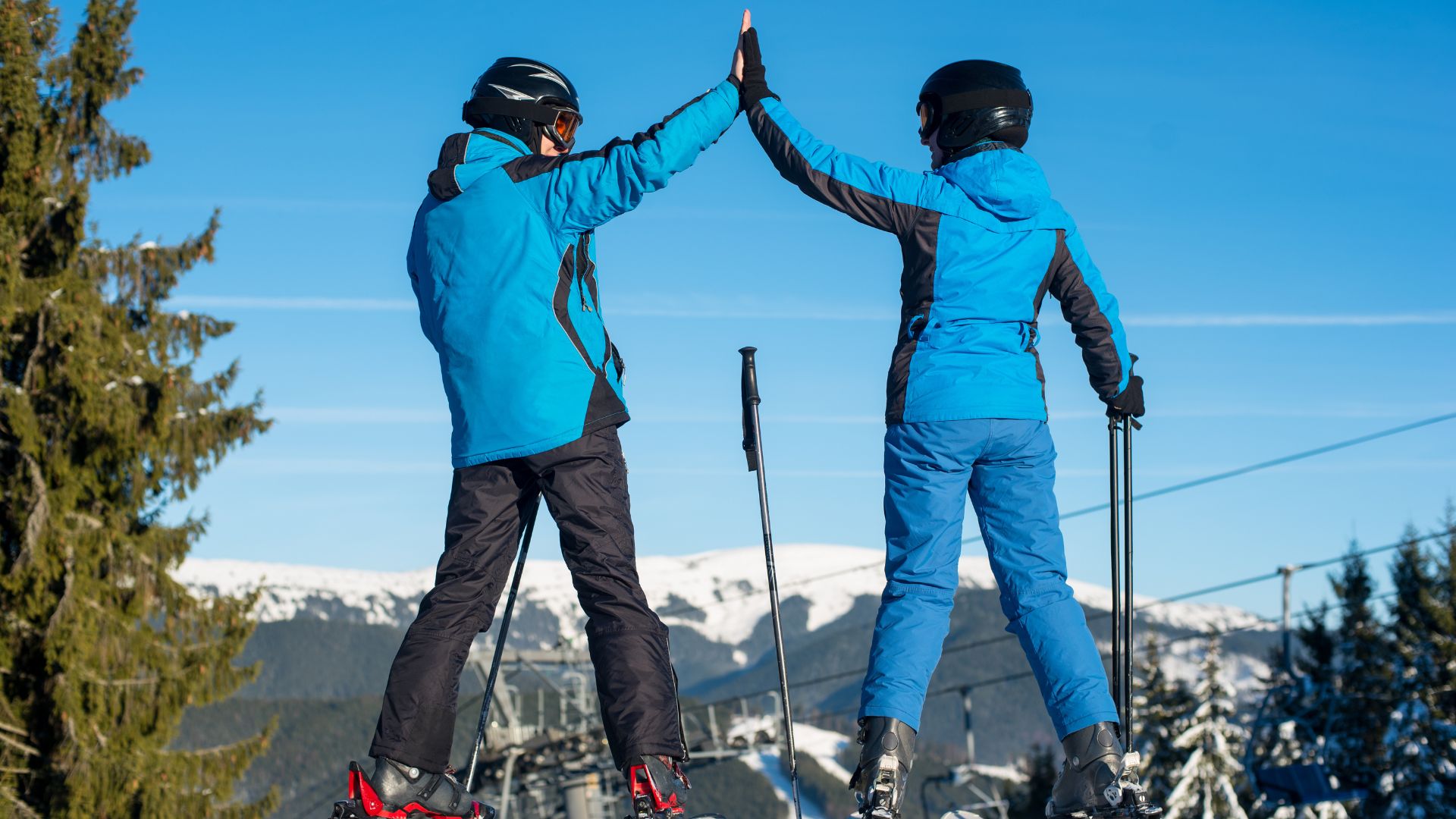
How to Become a Private Ski Instructor and Build Your Career on the Slopes
If you’ve ever dreamed of turning your passion for skiing into a career, you’ve probably...
read More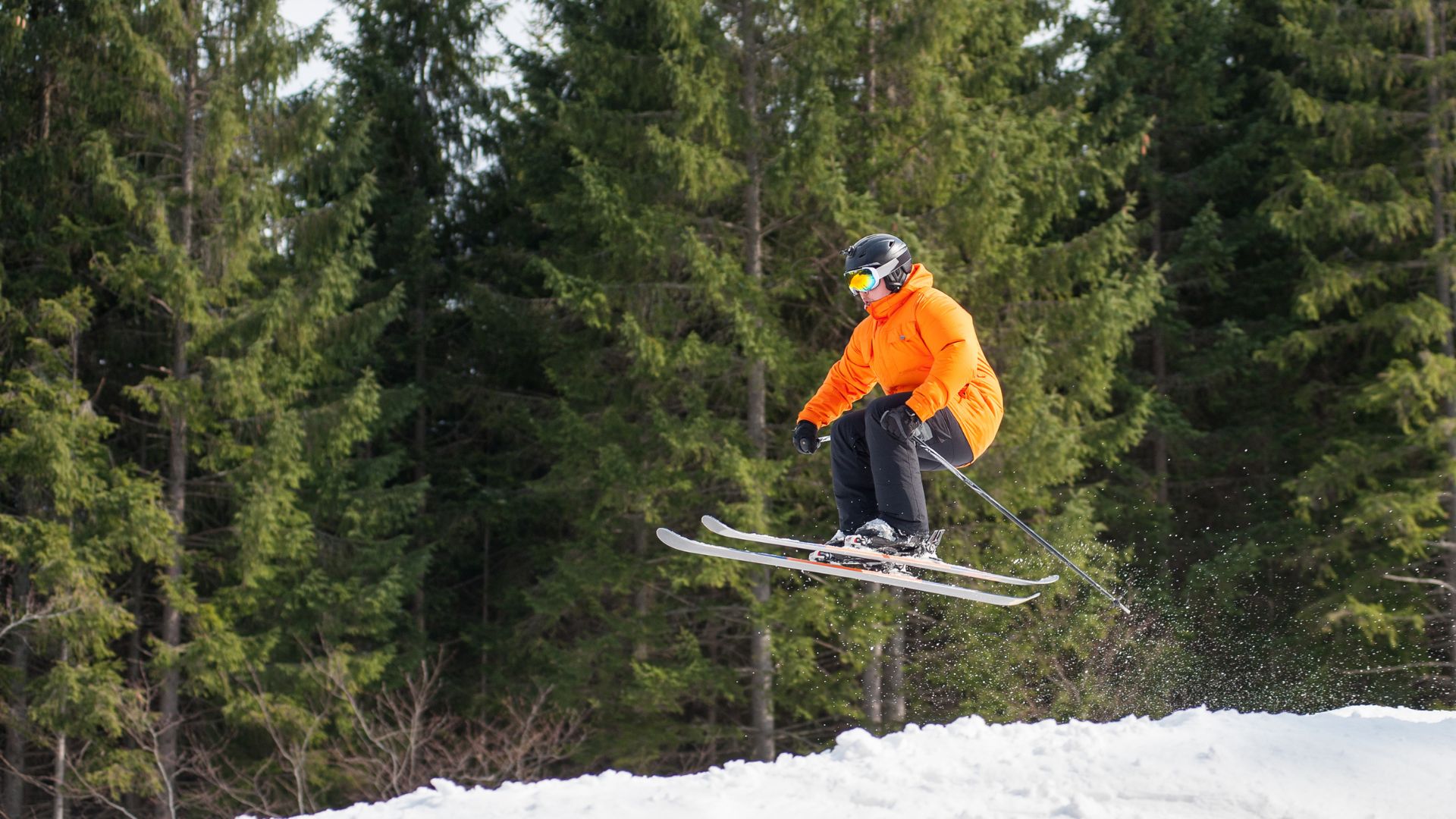
Where Can I Learn to Ski Jump: Lessons, Schools, and Tips
If you’ve ever watched athletes soar gracefully off a ski jump and wondered, where can...
read More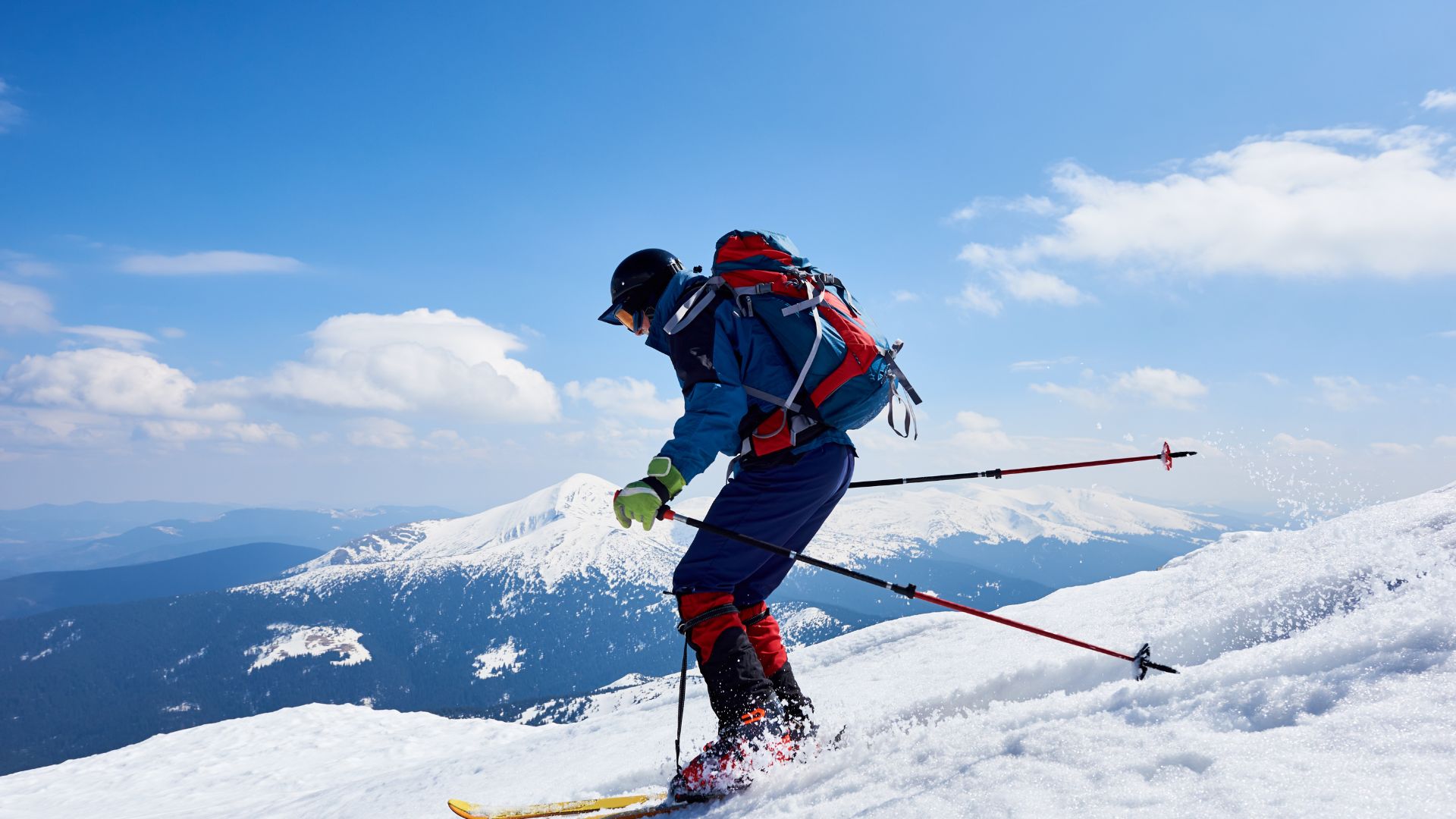
Off Piste Ski Training: Master Backcountry Skiing
Off piste ski training is essential for anyone wishing to elevate their skiing skills beyond...
read More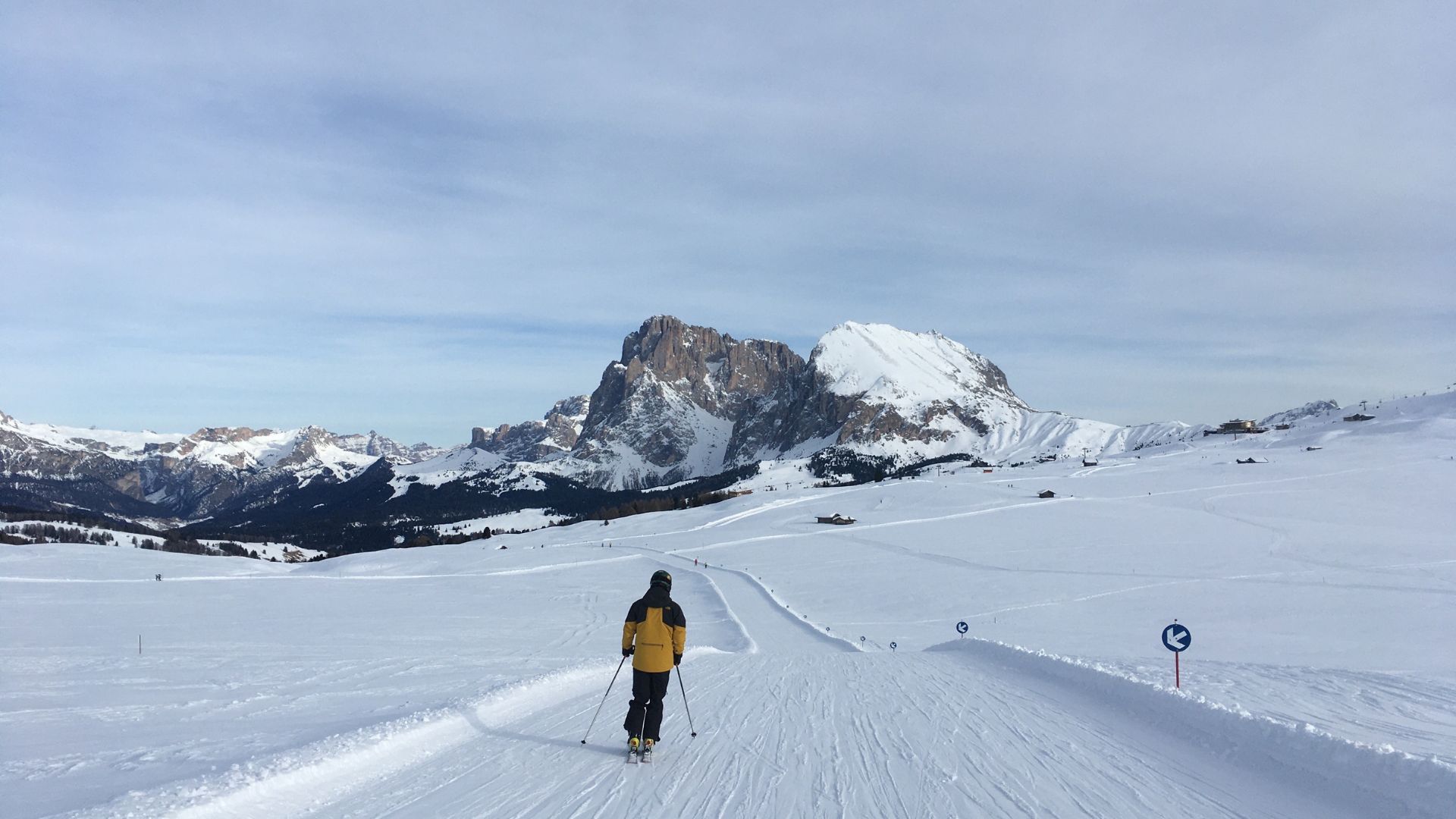
Ski Resorts in Italian Alps: A Complete Guide
When winter arrives, few experiences can rival the stunning scenery and world-class slopes offered by...
read More